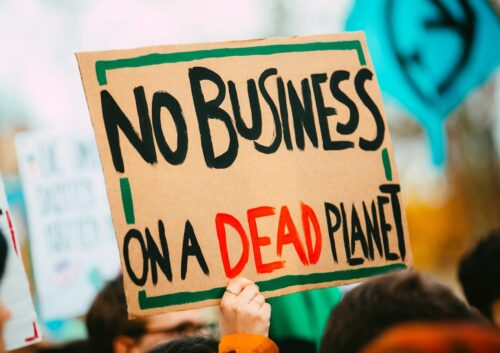The Biden administration announced Thursday that it is spending billions of dollars more to help automakers mass-produce electric vehicles (EVs).
The Department of Energy (DOE) is spending $1.7 billion to help manufacturers convert closed or struggling manufacturing facilities to produce EVs or EV components in eight states, including swing states like Pennsylvania and Georgia, as the American EV market struggles.
The funding complements $12 billion the DOE unveiled in August 2023 to help major manufacturers retrofit plants for EV production, and the agency projects that the cash announced Thursday will allow for the retention of 15,000 union workers while creating nearly 3,000 jobs.
All of the selected companies expect to partner with local unions, according to the DOE. The selectees will provide workers with things like job training, childcare, and retirement benefits.
Fiat-Chrysler, a major manufacturer with a market cap of about $25 billion, is set to receive more than $334 million for its plant in Belvidere, Illinois, and nearly $250 million for its facility in Kokomo, Indiana.
Harley-Davidson is poised to get $89 million for EV conversion at a plant in York, Pennsylvania, while Volvo is set to reap about $208 million to boost zero-emissions truck production across facilities in Pennsylvania, Virginia, and Maryland.
The administration has made a major effort to force EVs on American consumers over the next decade, using stringent regulations and billions of taxpayer dollars to do so.
However, major automakers are losing considerable sums of money on their EV product lines, while recent surveys indicate that many Americans — including those who already own EVs — are not fully sold on EVs’ merits relative to internal combustion engine models.
Moreover, the U.S. EV market is at a “low-tide moment,” according to a May analysis by J.D. Power, and used EV prices have fallen by 16.6% over the last year, according to Axios.
The funding announced Thursday is still subject to negotiations between the government and the firms, which are expected to meet certain “commitments to workers and communities,” according to the DOE.
The spending also aligns with the Biden administration’s “Justice40” agenda, which holds that at least 40% of the overall benefits of certain environmental spending flow to “disadvantaged communities that are marginalized by underinvestment and overburdened by pollution.”
Read rest at Daily Caller




















Someone please explain to me the wisdom of abandoning a proven, mature technology which has achieved efficiency and economies of scale for an inferior, unproven, and unwanted new technology that needs to be forced down everybody’s throats. Not to mention onewith no supporting infrastructure.
What a waste. More worthwhile projects for working class and poor in our country.
Time has come to put all the world leaders the Eco-Freaks and the rest of them all on Wind and Solar Power Only so they can sample their own Poitical Resposibility
Climate Change Dispatch continues its attack on reality
From statistical.com
The Electric Vehicles market in the United States is projected to reach a revenue of US$82.8bn in 2024.
It is expected to show an annual growth rate (CAGR 2024-2028) of 18.20%, resulting in a projected market volume of US$161.6bn by 2028.
I want to see Joe Biden in a straight jacket, on a refrigerator cart leaving the White House.
Using a current trend to predict the future often results in expectations that don’t happen. In the past more one religion had such a rapid growth rate it appeared they would become the biggest in the US. However, after getting the word to the segment of the population receptive to their doctrine, the growth leveled off. The same has happened in engineering when the limiting factors were not considered.
With electric vehicles a big limitation is the percentage of the population that can afford them. Most families can not afford a new gasoline car and EV’s are more expensive. EV’s do not have the same viability as a used car as fossil fuel vehicles. Many families use the sale of their gasoline car to help them afford their next brand new car purchase. This is less of an option with EV’s. Most families in the US purchase used cars. The average age of cars on the road is 12.6 years. With limited viability as a used car, EV’s will not dominate this market.
Less than 50% of people in the US live in single unit housing where they can charge an EV at home. This means the 40 minute charging must be done away from home. Some times this can be combined with shopping, but often the time that should be used for other things is spent waiting for the charge. This discourages EV sales.
A good prediction of EV sales by 2028 is not possible, but it is unlikely it will be US$161.6bn.
Wake up Moron no one wants to have Big Brother tell them what to drive od how to live
The reality Doofus is that Global Warming/Climate Change is just a scam to get all Nations to become One World Government all under the Useless Nations
You are correct.